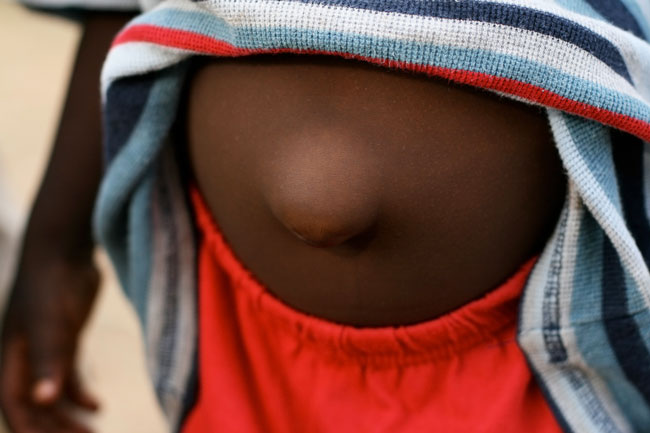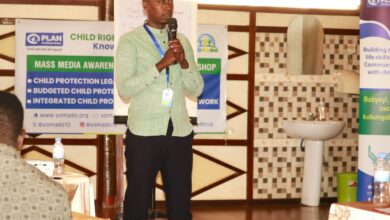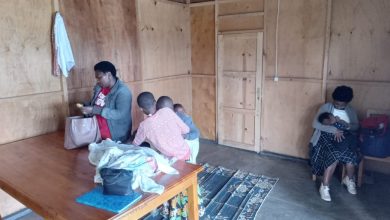
Umbilical hernias, commonly referred to as “iromba” in local dialects, are frequently observed in infants and young children.
Many parents and caregivers often question whether this condition is a disease and express concerns about its implications. Dr. Alain Jules Ndibanje, a pediatric surgery specialist at MBC Hospital in Kigali provides insights into the condition’s nature, risks, and management.
“Umbilical hernia is a congenital condition where a portion of the intestines or other abdominal tissue protrudes through a weakness in the abdominal wall near the navel. This creates a visible bulge under the skin, often noticeable when the child cries or strains. It occurs due to the failure of the umbilical ring, a circular muscle around the navel to close fully after birth. In most cases, the hernia is painless and harmless, but it’s important to monitor its progression.” Says Dr Ndibanje

According to Dr Ndiabanje, approximately 90% of umbilical hernias in children resolve spontaneously by the age of 3 to 5 years as the abdominal muscles strengthen.
“Parents are advised to schedule a check-up around this age. If the hernia persists or shows signs of worsening, medical intervention may be necessary.” Adds Dr Ndibanje
He emphasized that while most hernias are benign, certain symptoms warrant immediate attention:
- Pain or discomfort in the abdominal area.
- Sudden swelling of the hernia, which could indicate incarceration (a dangerous condition where the protruding tissue becomes trapped).
- Vomiting, refusal to feed, or signs of distress in infants.
“In such cases, surgery to repair the hernia and close the abdominal opening may be required to prevent complications,” says Dr Ndibanje
Does a hernia cause hunger?
A common misconception is that intestinal sounds or movements in the abdomen (often described as the hernia “talking”) indicate hunger or the presence of worms.
“These sounds are normal bowel movements and have no connection to hunger. Children with hernias experience hunger just like any other child. The misconception likely stems from cultural interpretations of abdominal noises, but it’s important to understand they are unrelated to the hernia itself.” Dr. Ndibanje clarifies
Dr. Ndibanje concludes by reassuring parents that while umbilical hernias are common, they rarely pose serious risks when managed properly.
“Regular check-ups and awareness of warning signs are key to ensuring your child’s health.” He says
Fulgencie Mukamusoni



